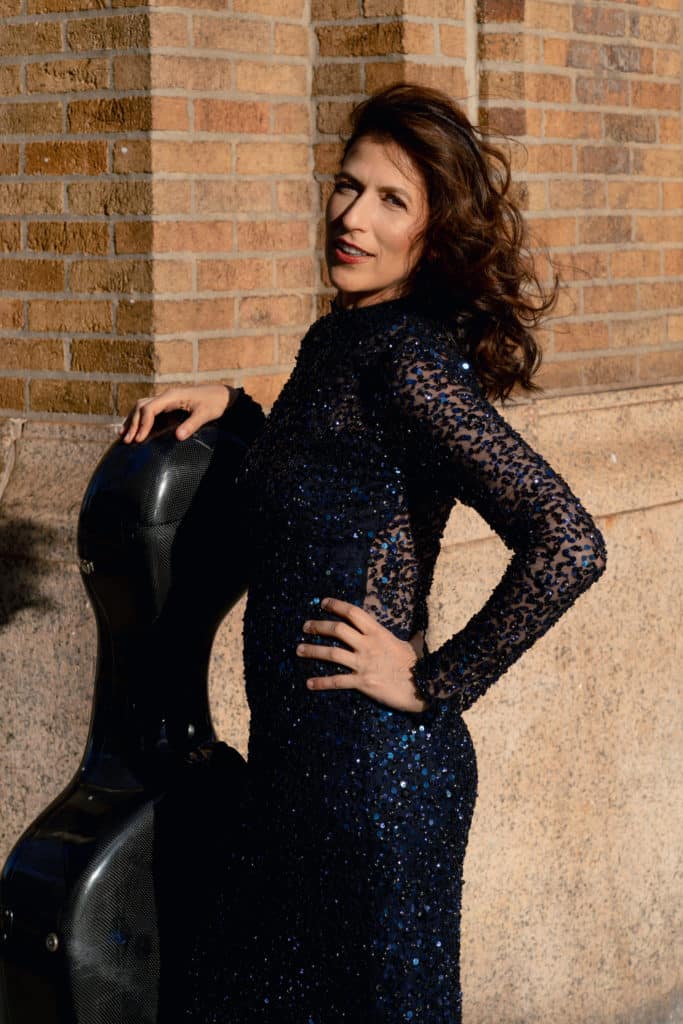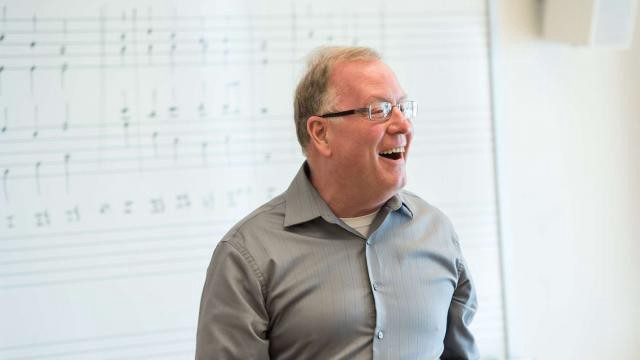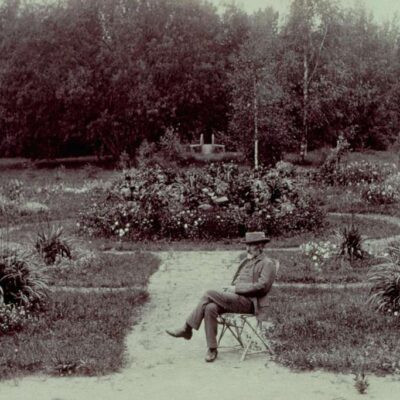
Inbal Segev on YouTube Musings, Adding Virtuosity, and an Unexpected Connection to Resident Composer Viet Cuong.
We last saw you in Walnut Creek in May 2017, in the days before this blog existed. Can you tell us a bit about yourself?
I am very much looking forward to returning to play with the California Symphony!
I was born in Israel and came to the US on the recommendation of Isaac Stern at the age of 16. After studying at the Yale School of Music and at The Julliard School, I stayed in the US; and fast forward a few years, I now live in New York City with my husband and three teenage kids. I travel all over the world playing as soloist and chamber musician.
Did you always know you wanted to be a professional cellist?
Yes. For as long as I can remember, I knew that I would be a cellist. My mother is a pianist, and she instilled in me the love of music.
You’re quite active on social media and you have a lot of followers on You Tube. Do you have a favorite platform and if so, why? Will you venture onto TikTok some day? ?
A few years ago, I took the time to film many short lessons including for each movement of the Bach cello suites (all 36 movements!). I felt this resource was missing for the younger generation of cellists out there. The lessons, which I call “Musings,” really took off, and my YouTube channel got millions of views. I receive letters of thanks daily from musicians—young and old, amateur and professional alike—from all over the world, and it makes me very happy to know that I pass on the knowledge that was given to me by my teachers and my experiences. All of that to say that YouTube is probably my favorite platform, although Instagram comes close. No plans to expand to Tiktok, haha! I can barely manage my time between these platforms as it is!
You supported the commission of Tangle Eye by past YACR Dan Visconti and DANCE by Anna Clyne. How do you decide which projects to support? How much do you get involved in the creation of the works?
The question of which projects to support and which composers to commission from is not an easy one. With each commission come hours of work—inspiring work—learning the concerto, understanding the particular language of the composer, memorizing it (sometimes), searching for co-commissioning orchestras, and so it is sort of like helping to give birth to something new. Also, I usually want to keep performing the works I commissioned. I have been very lucky as every concerto that I commissioned is fantastic in its own unique way and sometimes, like in Anna Clyne’s work, the audience gets it, and a work instantly becomes a hit and is inaugurated into the canon of cello repertoire. When I commission works, I come to the partnership knowing that the composer has their own unique voice, that I connect to their work, and that I am intrigued and inspired by their work. Composers usually ask for some feedback, mostly regarding the technique of specific passages. With Anna, we did go back and forth a few times, and I even put in a couple of embellishments and runs, added octaves for virtuosity etc.
You’re performing Anna Clyne’s DANCE in our season opener. This piece will be new to most of our audience. What would you like people to know about it?
DANCE is a cello concerto in five movements, each corresponding to a line in the poem by Rumi.
I. “Dance when you’re Broken Open” listen to the shards of glass at the opening, I am playing very, very high notes.
II. “Dance if you’ve torn the bandage off” – is full of fire.
III. “Dance in the middle of the fighting”- is reflective and gorgeous, each wind instruments gets a moment to shine, joining me in turn.
IV “Dance in your Blood” is a regal canon, sort of medieval, which becomes a virtuosic whirlwind and ends with a lullaby, a duet with the principal cellist and me.
V. “Dance when you are perfectly free,” Starts aggressively, morphs into the most beautiful soaring melody, and in the middle, an unexpected jazzy violin solo. Very cool.
At the start of the pandemic, you launched “20 for 2020,” a commissioning, recording and video project featuring 20 cutting-edge composers, including John Luther Adams, Vijay Iyer, and California Symphony Resident Composer Viet Cuong. How did that collaboration come about?
The lockdown was actually a very productive time for my work as I commissioned and recorded 20(!) new works for cello and small ensembles of other instruments. This project came as a way to help the music community by creating work for musicians at a time of need, and it acts as a time capsule and a source of joy and inspiration. I also started composing during the pandemic.
I heard of Viet through conductor David Allan Miller, who suggested I listen to his works. I was drawn to Viet’s music immediately, the first piece I heard was his wonderful percussion quartet “Re(new)al,” incorporating wine glasses.
For my recent project “20 for 2020,” I commissioned Viet to write a work for cello ensemble, and we settled on 8 cellos. I love the work so much that I decided to put it as the first track in my album. The piece is called “Room to Move,” very appropriate for the pandemic while I was in my New York apartment. I could understand the echo effects in the work and how a room can reverberate like that when we stay at home for so long.
The work is metrically challenging because of the quickly alternating pizzicatos between the different cellos. I would say, my recording engineer had his work cut out for him putting everything together after I recorded all 8 cello parts in the studio—but it has all been worth it! The soaring melody and harmonies are really beautiful.
Inbal Segev performs Anna Clyne’s DANCE at the California Symphony’s season opener Intersections, September 10 and 11 at the Lesher Center for the Arts in Walnut Creek. Tickets are $49-$79 ($20 for students 25 and under), available online or through the Lesher Center Ticket Office at 925.943.7469.


